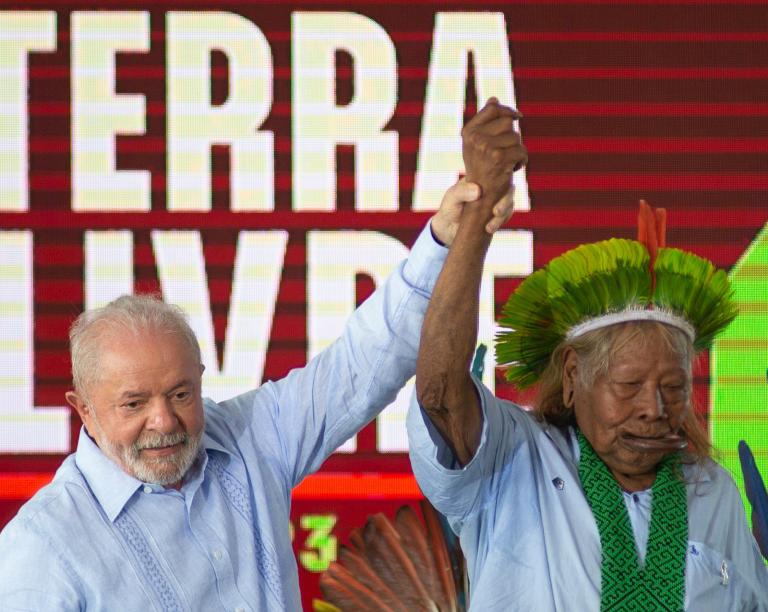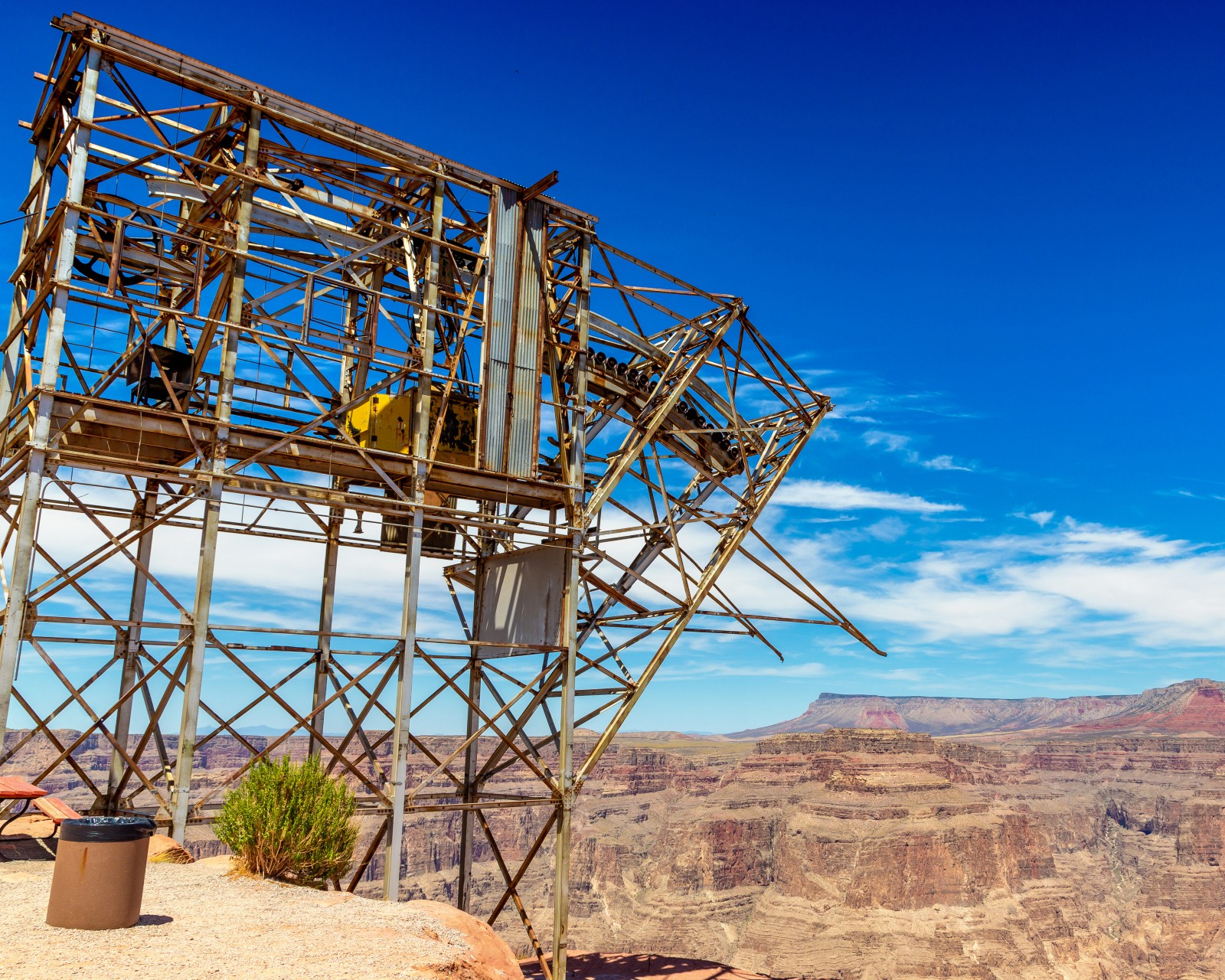Interior Secretary Deb Haaland met with tribal leaders representing a dozen Indigenous nations last weekend in a move that could expand protections for land around The Grand Canyon, permanently safeguarding the region from future uranium mining.
The proposed Baaj Nwaavjo I’tah Kukveni Grand Canyon National Monument would convert 1.1 million acres of public land surrounding Grand Canyon National Park into a National Monument, providing significant protections to tribal water sources, delicate ecosystems, and cultural sites, while curtailing the impacts of uranium mining — a proposal tribes in the area have been fighting for since 1985. Baaj Nwaavjo means “where tribes roam” in the Havasupai language, I’tah Kukveni translates to “our footprints” in Hopi.
The region has high concentrations of uranium and mining has been a feature of the landscape since the 1950s. When mining first began in the area, uranium was used primarily for nuclear weapons. Today, uranium from the Grand Canyon is used for nuclear energy plants and power reactors in submarines and naval ships.
In 2012, then-Interior Secretary, Ken Salazar, placed a 20-year ban on uranium mining on more than a million acres of federal lands near the Grand Canyon in order to protect surface water from radioactive dust and mining waste. Without increased federal protections, tribal leaders say mining claims can be made at the end of the 20-year-ban, re-opening the Grand Canyon to uranium exploration.
According to the Center for Biological Diversity, mining in the area disturbs underground vertical rock formations called “breccia pipes” — formations that often hold hydrothermal fluid or extremely hot water heated by the earth’s mantle and filled with various gasses, minerals and salts, including uranium. When disturbed, those breccia pipes can release their contents into aquifers and eventually, larger water systems.
In 2016, the Pinyon Plain Mine pierced an aquifer flooding mineshafts, and draining groundwater supplies. Between 2016 and 2021, the Grand Canyon Trust estimated that more than 48 million gallons of water had flooded Pinyon’s mineshafts, and the National Parks Conservation Association has consistently reported uranium levels in that water exceeding federal toxicity limits by more than 300%.
When ingested, uranium can cause bone and liver cancer, damage kidneys, and affect body processes like autoimmune and reproductive functions.
In 2016, tribal leaders brought the Baaj Nwaavjo I’tah Kukveni proposal to the Obama administration, but were rejected. Now, the Grand Canyon Tribal Coalition, made up of 12 tribes with ties to the area, hope Secretary Haaland will encourage the Biden administration to protect the region.
“We can’t wait until the accident happens,” said Carletta Tilousi, a Havasupai elder and member of the White House Environmental Justice Advisory Council. “We are trying to prevent the catastrophe before it happens.”
The Havasupai reservation is an eight mile hike below the rim of the Grand Canyon and one of the most isolated communities in the United States.
But Tillousi says that while stopping uranium mining will be a major goal of the proposal, ongoing contamination issues must be addressed. The Pinyon Plain Mine continues to contaminate the Havasupai’s sole water supply, the Havasu Creek. Pinyon has been operating since 1986, and while the 2012 uranium mining ban stopped the construction of new mines, Pinyon is exempt due to its pre-approval. As of 2020, 30 million gallons of groundwater tainted with high levels of uranium and arsenic have been pumped out of the mines flooded shaft and dumped in an uncovered pond.
“We’re a small tribe, our tribe is made up of 765 people,” said Tillousi. “We need to protect our village and homes.”




